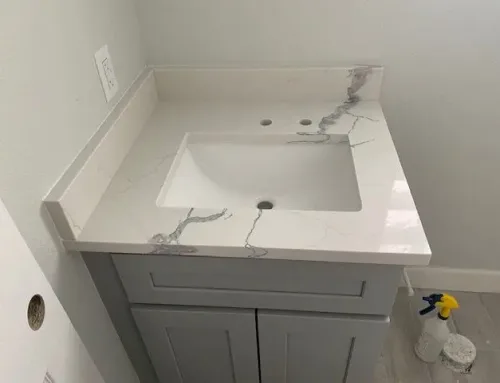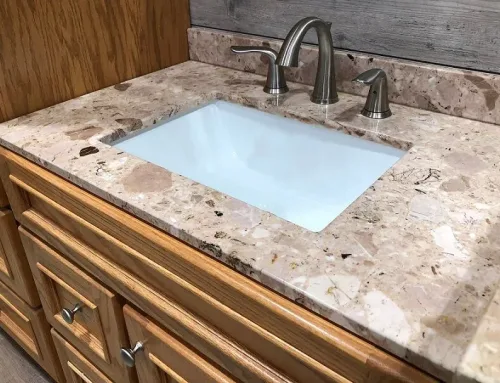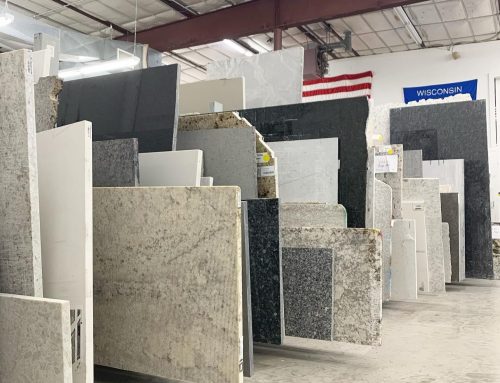What does granite fabrication mean? Granite is a popular choice for countertops, flooring, and other home and commercial applications due to its durability and natural beauty. However, before it can be installed, granite must go through a detailed process known as granite fabrication. This process ensures that the stone is cut, shaped, and finished to meet the specifications of the project. But what exactly does granite fabrication entail? Let’s explore the key steps involved in this process.
Step 1: Selecting the Slab
The granite fabrication process begins with selecting the right slab. Homeowners, designers, or contractors visit a supplier to choose the perfect slab based on color, pattern, and quality. Since granite is a natural stone, each slab is unique, making the selection process crucial.
Step 2: Templating
Once a slab is selected, the next step is templating. This involves measuring the space where the granite will be installed to create an accurate blueprint. Advanced digital tools or traditional plywood templates ensure precise measurements to avoid any errors during fabrication.
Step 3: Cutting the Slab
With a template in place, the granite slab is cut to size using specialized equipment. Large industrial saws, such as bridge saws or CNC machines, make precise cuts while minimizing waste. This step requires skill and precision to ensure the slab fits perfectly in its designated space.
Step 4: Edging and Shaping
Once cut, the edges of the granite slab are shaped according to the design specifications. Additionally popular edge styles include bullnose, beveled, ogee, and eased edges. Fabricators use routers and grinders to achieve smooth, consistent edges.
Step 5: Polishing and Finishing
To enhance the granite’s aesthetic appeal, the surface is polished to achieve a smooth and glossy finish. Alternatively, some clients may prefer a honed or leathered finish for a more matte and textured look. This step brings out the stone’s natural colors and patterns.
Step 6: Sealing
Since granite is a porous material, it requires sealing to protect against stains and moisture absorption. High-quality sealants are applied to enhance durability and maintain the stone’s appearance over time.
Step 7: Installation
The final step in the granite fabrication process is installation. Also the fabricated slabs are carefully transported to the site and installed by professionals. Proper leveling, secure attachment, and seam placement are crucial for a seamless and long-lasting result.
Conclusion
Moreover granite fabrication is a meticulous process that transforms raw stone slabs into beautifully finished surfaces for homes and businesses. Each step, from selection to installation, requires precision and craftsmanship to ensure a flawless final product. By understanding the granite fabrication process, homeowners can make informed decisions when selecting and customizing their granite countertops or other applications.





